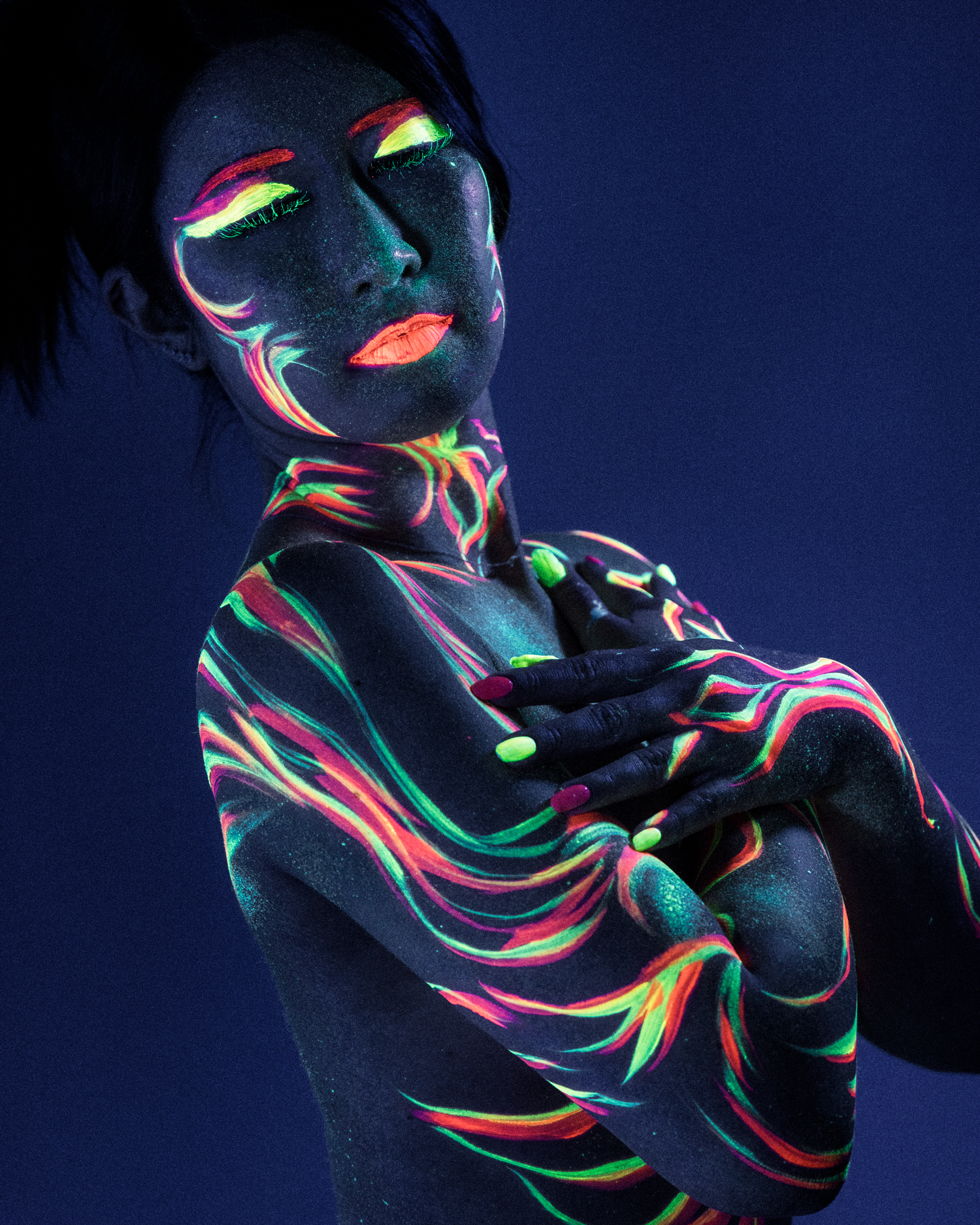A Celebration of Black Artists in Japan
This article was originally featured in the December 2023 issue of Connect.
Sierra Block Gormon (Gunma)
Stepping into the performance space in the lower level of BUoY, a cafe and art space in Tokyo, one might not realize right away that it is actually a former sento, or bath house. You get distracted by the plywood walls sporting photographs of Black creatives and the stage full of instruments and sound equipment. The rough, unfinished floors and ceilings, the tiled walls and empty baths, and the abandoned mirrors and spigots might not catch your eye until later—because the room is full of life. There are people talking and laughing, an aura of joy and celebration pervading the room. For some, this is their first in-person event since COVID-19 hit. Some have travelled long distances to be here, from Osaka, Boston, and even Gunma. By night bus, shinkansen, or just the subway, people turned out to engage in this event: Black Gold.
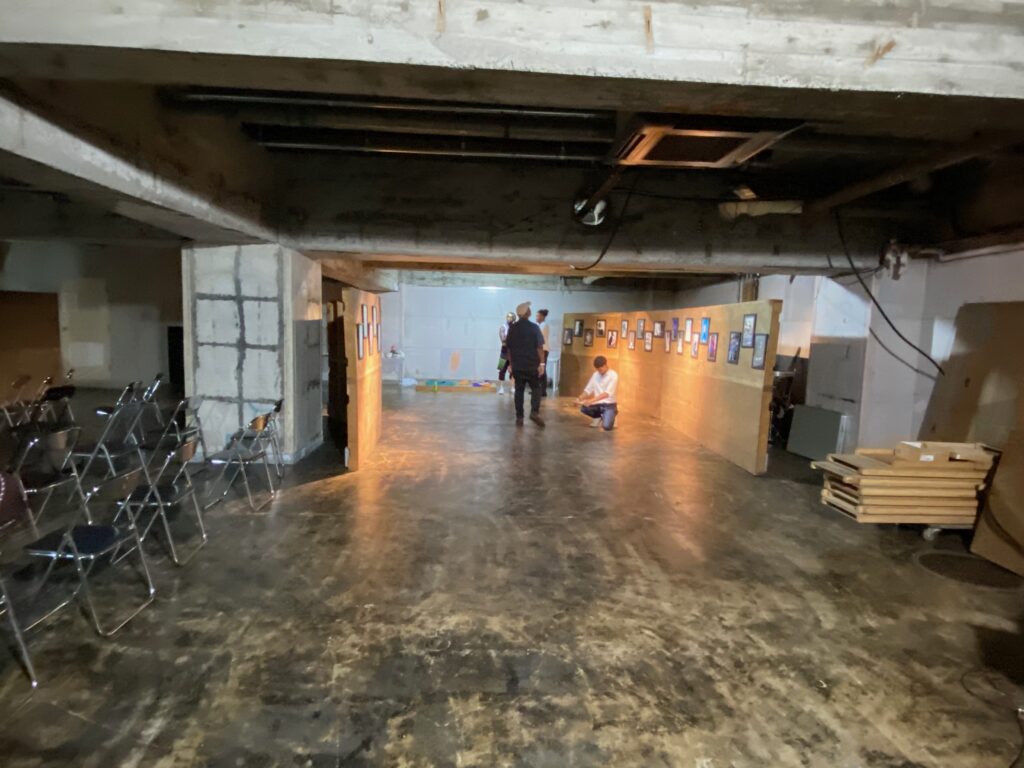
What is the Black Gold project? This project was created by Cameron Peagler. Photographer, interviewer, changemaker, and project leader, you can learn more about him in the interview following this article. Black Gold was conceived with the goal of celebrating Black creatives in Japan whose success stories often go unheard, creating a stronger relationship between the Japanese and Black communities, and eventually increasing the amount of Black students who study abroad. Originally a long term photography project that involved photographing and interviewing Black creatives all around Japan, the project will culminate in this showcase event in Tokyo, as well as three exhibitions in universities in America. The project can be accessed on its creator’s website and his Instagram. Tonight’s Black Gold showcase is described on the website as “a community event in Japan that provides an immersive cultural exchange opportunity with the creatives and entrepreneurs.”
As the room fills up, the air seems to start to vibrate. People are talking, a constant drumming comes from somewhere behind the plywood walls, and the occasional burst of laughter peals through the space. They compliment each others’ clothes, ask about their work, and really listen to the answers. Everyone seems excited to be here, to be involved in this project and in this moment. Some are participants in the Black Gold project, both here to perform and here to spectate. Some are friends, colleagues, and teachers, here to show support and enjoy the show. Some are people who have heard about the event and are interested in Black culture and the chance for cultural exchange. What they all had in common was a desire to appreciate and connect with these Black artists making their mark in Japan.
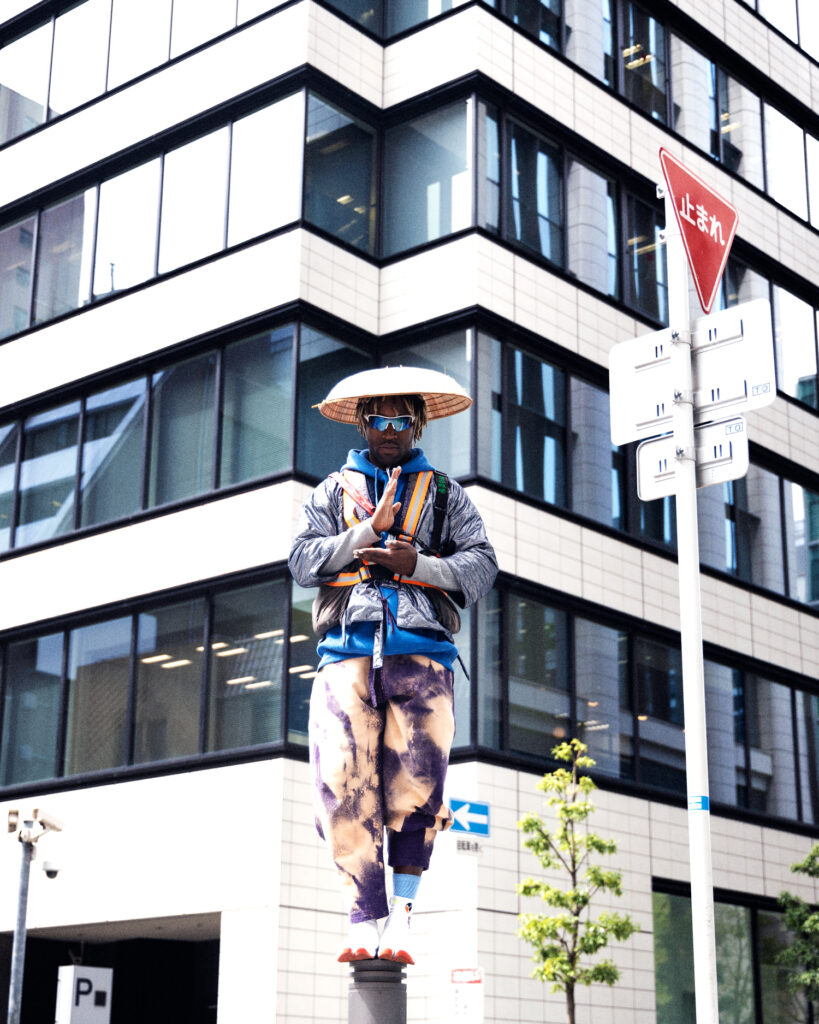
The first person to take the stage after Cameron, the creator of the Black Gold project, was our MC, who goes by the pseudonym Street Jizo. He is a fashion designer and event creator. He led a short group meditation before introducing the first act. You can find out more about him here. Before every act, Street Jizo would ask the artist two questions: “What advice would you give to Black artists in Japan?,” and “How has living in Japan improved your life?”—two questions that Cameron asks in his short interviews for the Black Gold Project. You can find the artists’ answers to these questions on his Instagram.
Sharing the stage with our MC was the DJ, Yana. She backed up almost all the artists, acted as a DJ when no one was performing, and kept the show flowing smoothly. You can find out more about her here.
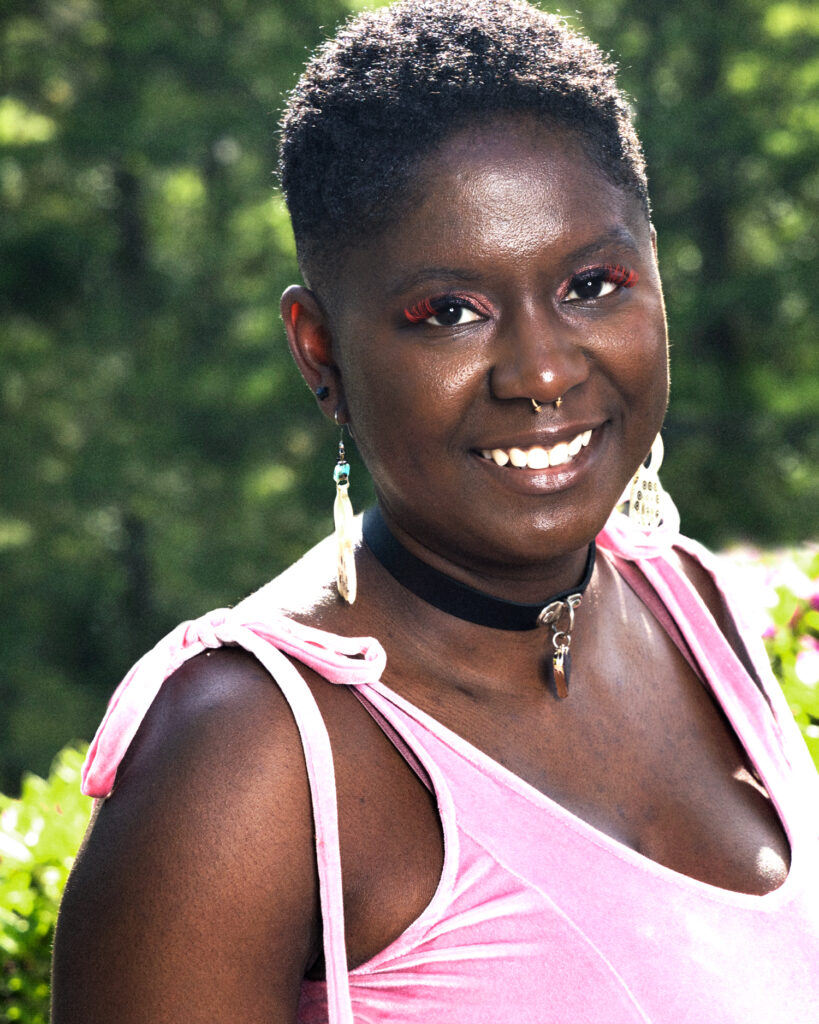
The first act was SDJMalik, a snare drummer. He sparked off the event with a bombastic drum display full of tricks, stick flips, and intense percussion. It was like a five minute drum solo that no one wanted to see end. SDJMalik brought the energy of the room up and kept it there. You can find out more about him here.

Following up an act that exciting is no easy feat, but French Antonio, a singer-songwriter specializing in R&B and Afro-beats, was more than up to the challenge; in collaboration with another Black Gold participant, Diverse. Singing in a smooth blend of English and Japanese, French Antonio’s braggadocious yet introspective music was a pleasure to listen (and sing along) to. You can find out more about him here.
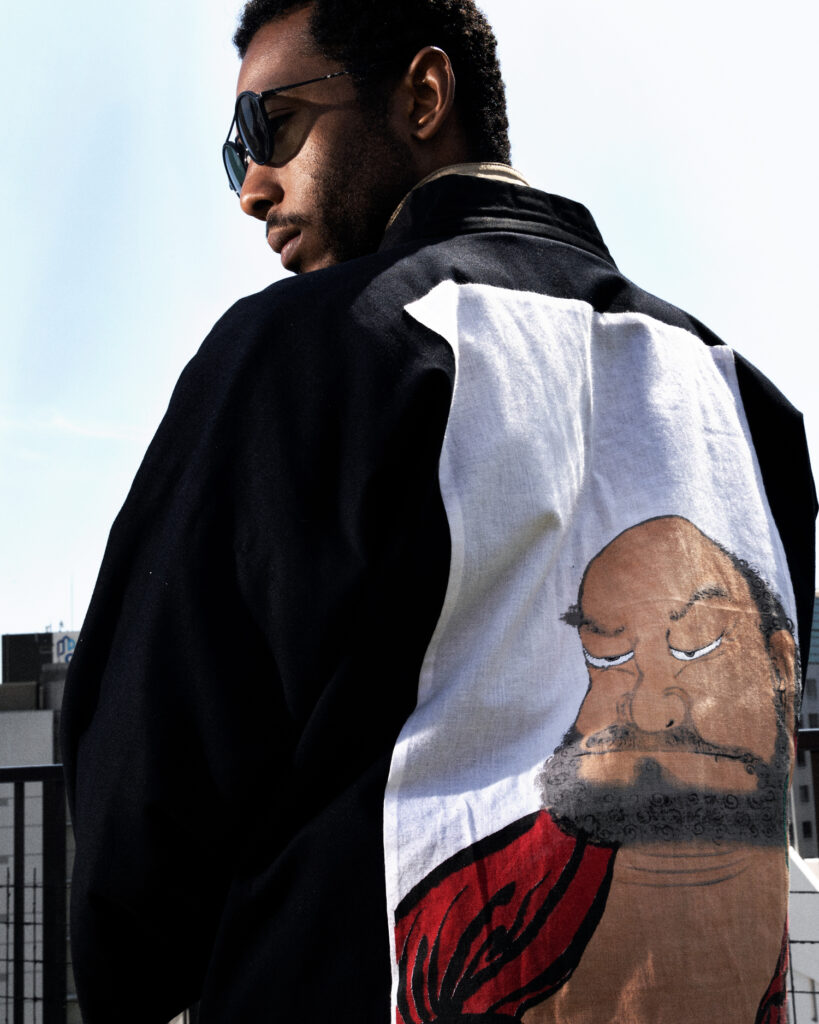
Next up was Diverse, a percussionist and music creator. Along with his collaborative works with French Antonio, he showed his solo work, several musical pieces focusing on percussion. Heavily influenced by African drumming, his work blends physical and digital percussion to create dynamic music. You can find out more about him here.

In a break from bombastic musical acts came the funny and poignant Baye McNeil, a writer for The Japan Times and author of two books, with a third coming out on Kwanzaa this year. He read a short speech giving encouragement and advice to people living in or thinking about moving to Japan. His words drew heavily on his own experiences coming to Japan and adapting to life here, particularly from his perspective as a Black man. You can find out more about him here.
We then had a short intermission before being introduced to Cam Waller, a ceramicist currently pursuing a PhD at Tokyo University of the Arts. They presented some of their work for display and talked a bit about their practice as an artist and their experiences living and learning in Japan. You can see photos of them in action and find out more about them here and here.
Then, Cameron, the creator of the Black Gold project, and a bodypainter who goes by The Jayder came on stage to present a collaboration piece they created with the help of their model, Moe. The Jayder painted Moe with luminescent paint, which Cameron then photographed and turned into prints that were sold at the event. You can find out more about The Jayder here.
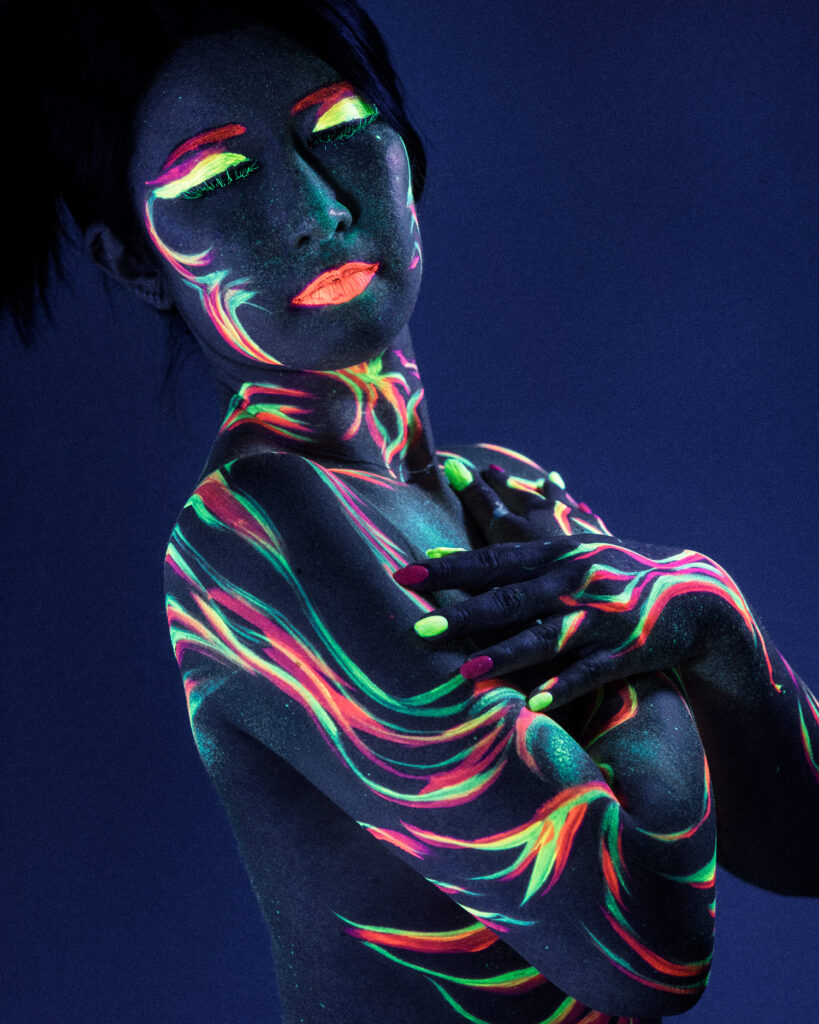
The next artist was Ocean, a vocal artist who also goes by Dot.Kai. He sang and rapped in Japanese and English with a deep flow. Heavily hip-hop inspired but with plenty of Japanese inspiration, his music reflects his life experiences, having spent much of his adult life in Japan. You can find out more about him here.
Following Ocean was another singer-songwriter, Imani. She shared three songs that called back to ‘90s R&B and hip-hop, particularly the female artists of the age. The lyrics, however, were fresh and contemporary, including one number themed around Pokémon, the popular video game franchise. Her smooth lounge-singer voice and soulful vibes got the whole room grooving to the beat. You can find out more about her here.
Then Babs came to the stage. Professional dancer and business owner, Babs showed us a phenomenal dance routine. Her song choice, Angel by Halle, fit the theme of Black excellence and Black female empowerment. Her movements were precise yet full of sentiment, bringing the song and its meaning to life. You can find out more about her here.
Next was Gai, also known as Balance-kun. Dancer, rapper, and entrepreneur, this jack-of-all-trades is known for his breakdancing and martial arts stunts. This evening, however, he chose to showcase his rap skills, as well as some of his apparel designs, which were on display throughout the night. You can find out more about him here.
The final act of the night was Paranoir, a four person band. Two of the members were photographed for the Black Gold Project—Fernando and Ebony. You can find out more about them here and here. They played covers of several songs from artists like Paramore—for whom they were named—and Whitney Houston. Though they were the last of the night, they were by no means the least. They got the crowd up on their feet and singing along with enthusiasm, despite the late hour (and complaints from upstairs neighbors).

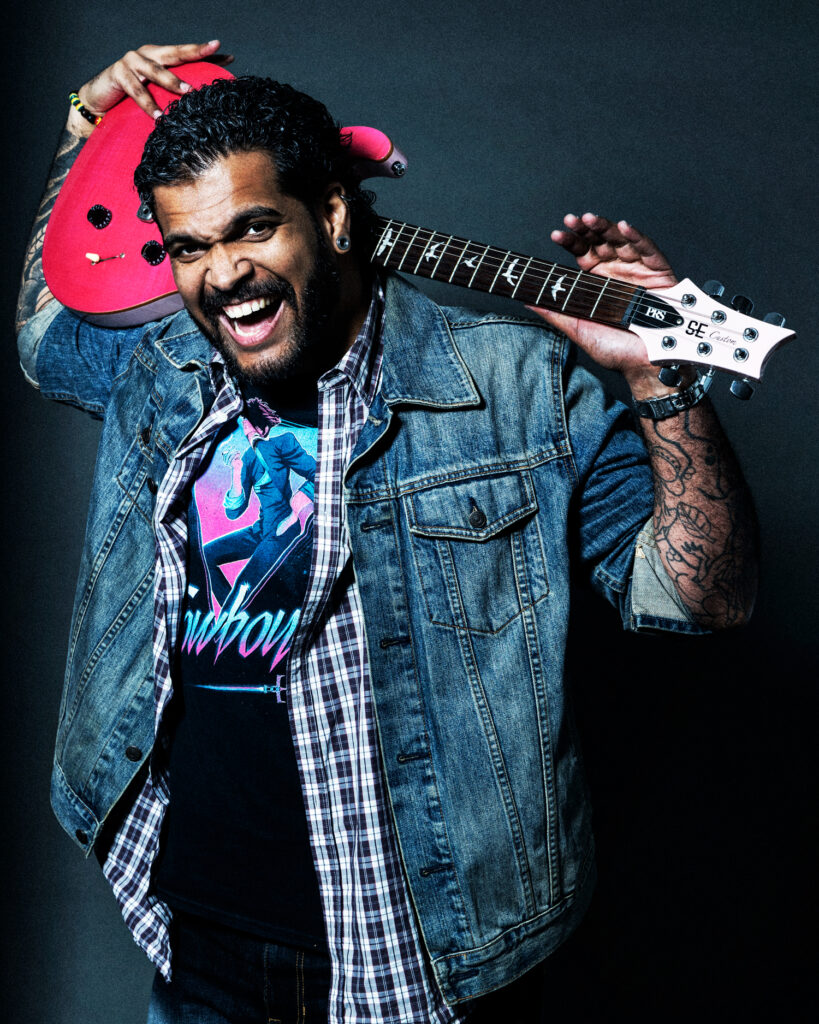
Throughout the evening, the artists, the guests; everyone was entirely supportive of each other and of the goals of the event—to appreciate Black artists and Black culture in Japan, and to inspire Black youth to embark on their own journeys here. However, though the overall mood was celebratory, no one shied away from difficult truths. The author, Baye McNeil, spoke to some of the struggles that Black people face in Japan, including the “Empty Seat,” that comes from people deciding you are “too Black” to sit next to, and how distressing it can be to face that attitude from so many people around you. At the same time, many artists expressed gratitude for the freedom and safety they felt in Japan, to be themselves and pursue their craft without fear of violence. That blend of physical safety but psychological violence, being unique and appreciated while ever the outsider, was something that came up several times in the more serious moments when artists reflected on their experiences in Japan. However, those moments served as contemplative punctuation to an overall atmosphere of joy, love, and appreciation—for Japan and for each other.
Sierra Block Gorman is the Arts Editor of CONNECT Magazine. She is a third-year JET based in Gunma Prefecture. When not visiting museums or practicing calligraphy, she can be found editing articles for the Arts Section and is always looking for new contributors.



![CONNECT ART ISSUE 2024 SUBMISSIONS [CLOSED]](http://connect.ajet.net/wp-content/uploads/2024/04/ARTISSUE-INSTA-600x500.png)
